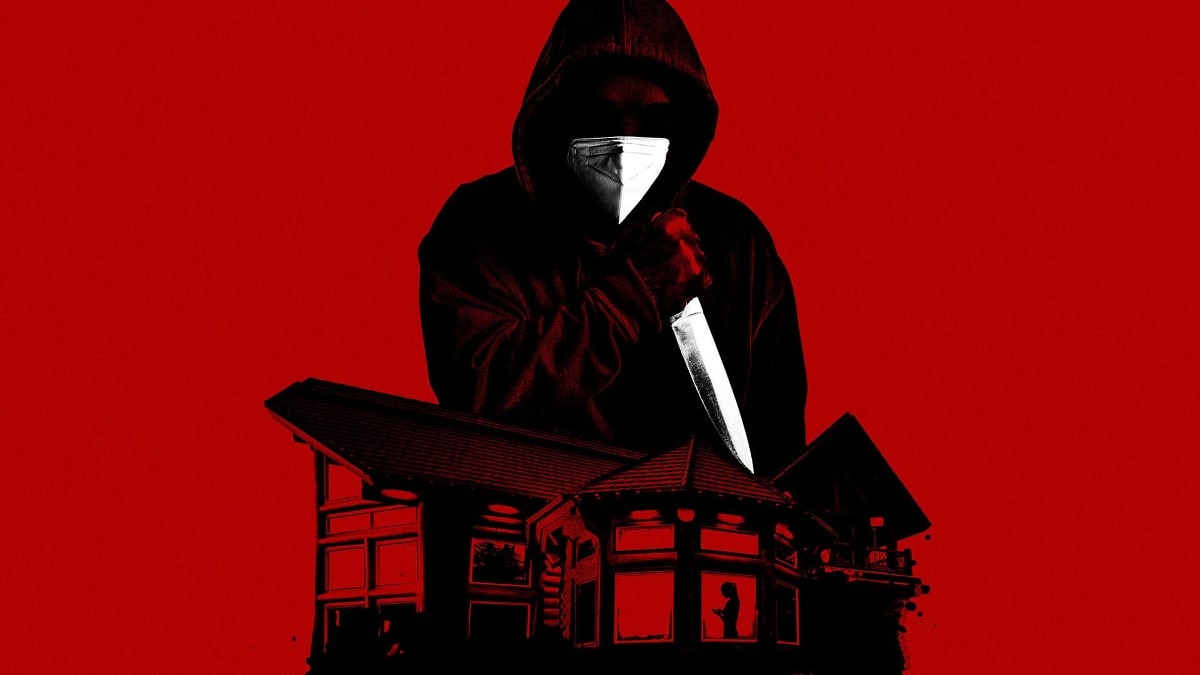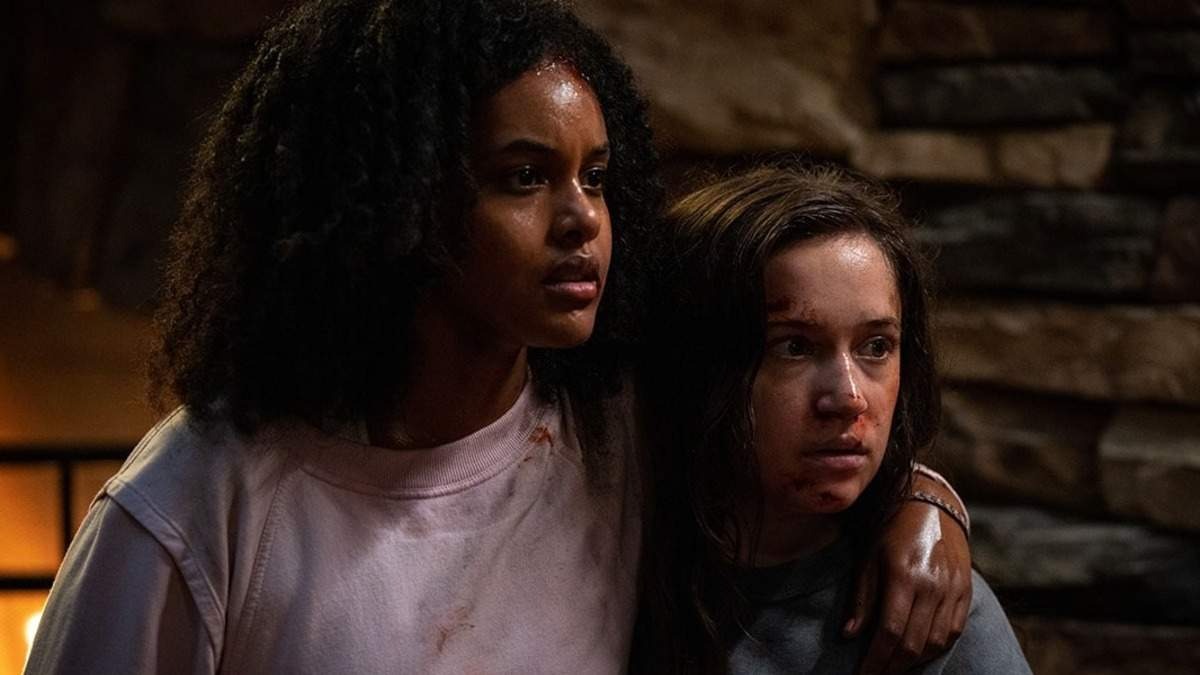Ti West’s work on X and Pearl has sparked renewed interest in slasher films. Building on this momentum, James Wan and Blumhouse have introduced M3GAN, featuring a homicidal doll, while fans eagerly await the return of Ghostface following the release of the thrilling Scream VI trailer.
Adding to the resurgence, Scream creator Kevin Williamson has delivered Sick. The film follows Parker and Miri as they are pursued by a relentless slasher at a secluded lakeside cabin.
What begins as a seemingly random spree of murders soon reveals personal motives and unexpected twists. Despite offering a shocking conclusion, Sick falls short of fulfilling its creative promise by contradicting its established logic.

A Family Fueled by COVID Grief Becomes Killers
The climax reveals the culprits, starting when Miri manages to kill one of the attackers. Parker is subsequently captured by Pamela and Jason, who disclose their motive.
The pair blames the girls for attending a college party where COVID-19 was transmitted. Parker, in particular, is accused of kissing their son Benji, who contracted the virus and later died. Consumed by grief, they channel their loss into a mission of revenge, framing Parker and Miri as symbols of pandemic negligence.
A tense showdown ensues as Miri creates a diversion, leading to Jason’s death when he is impaled on a moose’s antlers. Pamela is killed when the girls set her ablaze in a garage.
As emergency responders arrive, Parker and Miri are left to process the devastation, though they show no remorse or recognition of their role in spreading the virus.
The lack of a reflective epilogue diminishes the impact of the film’s cautionary themes. A more poignant ending, such as Miri facing consequences for her efforts to enforce the rules, could have reinforced the narrative’s focus on accountability.
Balancing Satire with Dark Reality
The unsettling finale captures the tension and fear of the pandemic era. While the parents’ grief over losing Benji elicits sympathy, their descent into violence erodes their moral stance.
Their spree, which includes the murders of Parker’s crush DJ and a neighbor, highlights the sharp divisions between proponents of health measures and those dismissing them as conspiracies.
However, the killers’ actions undermine their own principles. Despite their fixation on safety, Jason and Pamela remove their masks to scold Parker and even administer a COVID test, exposing contradictions in their logic. While their grief may deepen after Miri kills their other son, the film fails to explore this angle thoroughly.
The story’s attempt to weave dark humor with pandemic commentary falters. A deeper focus on the psychological toll of pandemic fatigue or the parents’ desire to reunite with their sons in the afterlife could have added emotional depth.
Instead, the narrative leans on a traditional slasher formula, overshadowing its initial themes of caution and responsibility in confronting an invisible threat.



